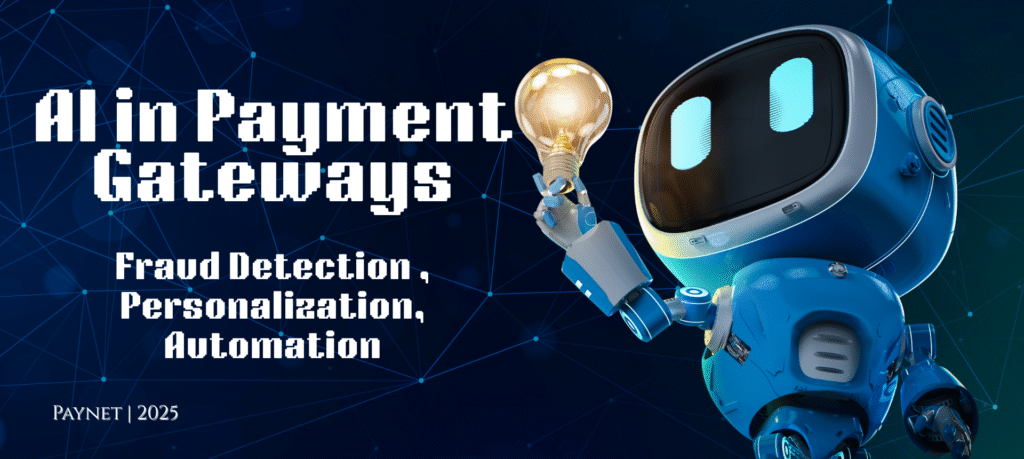User Behavior in Digital Wallet Usage: Insights That Are Shaping the Future of Digital Payments – [Cloned #1447]
Home UPI Growth and Adoption Insights: How India’s Favorite Payment System Is Shaping the Future of Finance Explore UPI growth...

Discover how AI and machine learning are transforming payment gateways—from real-time fraud prevention to hyper-personalized checkout experiences.
In 2025, over 75% of online transactions occur on mobile devices—yet 53% of shoppers abandon carts if the checkout process is poorly optimized. A seamless mobile-friendly payment interface isn’t just convenient—it’s a business necessity for reducing drop-offs and maximizing revenue.
This guide explains why mobile-optimized payments matter, key design principles, and how to implement them effectively.
How It Works:
Analyzes 1,000+ data points per transaction (device, location, behavior).
Uses neural networks to detect emerging fraud patterns.
Impact in 2025:
✔ 60% reduction in chargebacks (Stripe Radar achieves 94% accuracy).
✔ 40% fewer false declines (saving $20B+ in lost sales annually).
Example:
PayPal’s AI blocks fraudulent transactions while allowing legitimate ones in under 50ms.
How It Works:
AI selects the optimal payment processor based on:
Bank success rates
Cost efficiency
Latency
Results:
5-15% higher authorization rates
2x faster fallback processing
Case Study:
Adyen’s dynamic routing improves approval rates by 12% for cross-border transactions.
AI-Driven Customization:
Displays preferred payment methods first (e.g., UPI for Indian users).
Adjusts checkout flow length based on user trust score.
Predicts cart abandonment risks and triggers incentives.
Impact:
35% higher conversion rates (Baymard Institute).
Applications:
Forecasts payment failures before they happen.
Identifies high-risk disputes preemptively.
Optimizes settlement times using historical data.
Example:
Square’s AI predicts 98% of chargebacks 24 hours in advance.
Emerging Trends:
Chatbot checkouts (e.g., WhatsApp Pay orders).
Voice-activated payments (“Alexa, pay my electricity bill”).
Biometric voice authentication for fraud prevention.
Adoption:
55% of millennials prefer voice payments over typing (OC&C Strategy).
How It Works:
Dynamically selects best FX rates using:
Real-time market data
User’s historical preferences
Reduces costs by 1-3% vs. static bank rates.
Example:
Wise’s AI saves users $1.5B annually in hidden forex fees.
2025-2030 Predictions:
🔹 Quantum ML models for unhackable fraud detection
🔹 Decentralized AI for privacy-preserving fraud analysis
🔹 Emotion-sensing payments (via voice/camera mood analysis)
For Businesses:
✅ Choose gateways with built-in AI fraud tools (e.g., Stripe, Paynet).
✅ Test predictive analytics dashboards.
✅ Pilot voice/chatbot payments for high-tech UX.
For Developers:
✔ Integrate REST APIs for AI-powered features.
✔ Use sandbox environments to train models.
Home UPI Growth and Adoption Insights: How India’s Favorite Payment System Is Shaping the Future of Finance Explore UPI growth...
Home User Behavior in Digital Wallet Usage: Insights That Are Shaping the Future of Digital Payments Explore changing user behavior...
Home New Features in UPI and Mobile Wallets 2025: Smarter, Safer & More Seamless Than Ever Explore the latest features...